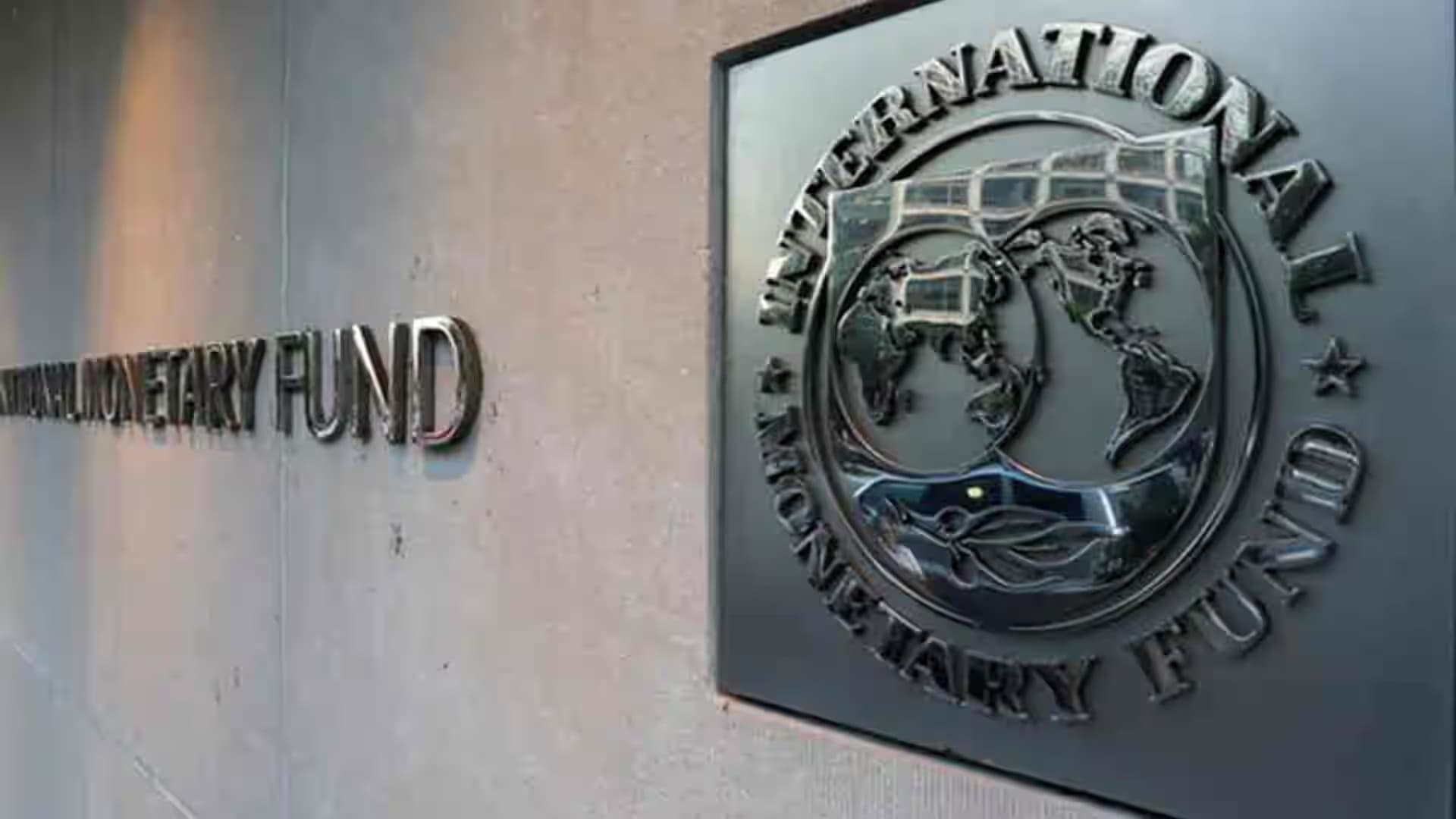We're loading the full news article for you. This includes the article content, images, author information, and related articles.
A new framework announced at the annual meetings in Washington D.C. could offer Nairobi critical relief from its mounting debt burden, but analysts caution it may come with stringent economic conditions affecting millions.

WASHINGTON D.C. – The International Monetary Fund (IMF) and the World Bank concluded their annual meetings on Friday, 31 October 2025, unveiling a new, more aggressive framework for sovereign debt restructuring aimed at preventing a wave of defaults across developing nations. The announcement, made jointly by World Bank President Ajay Banga and IMF Managing Director Kristalina Georgieva, signals a significant shift in the global approach to debt crises, with direct and immediate consequences for heavily indebted countries like Kenya.
The new plan aims to accelerate resolutions, enforce greater transparency, and compel participation from all creditor classes, including commercial lenders and non-Paris Club nations like China. This comes amid warnings that global public debt is on a trajectory to exceed 100% of global GDP by 2029. “Growth is slow, debt is high, and the risks of financial downturn are prominent,” Ms. Georgieva stated during the meetings, emphasizing that uncertainty is the “new normal.”
The announcement is particularly resonant in Kenya, where public debt has become a source of major economic concern. According to the National Treasury, Kenya's public debt reached KSh 11.81 trillion by June 2025, equivalent to 67.8% of the nation's Gross Domestic Product (GDP). This figure is substantially higher than the 50% debt-to-GDP threshold recommended by the IMF for developing economies. The debt is almost evenly split between domestic obligations (KSh 6.33 trillion) and external debt (KSh 5.48 trillion).
Servicing this debt consumes a vast portion of state revenue, crowding out essential spending on health, education, and infrastructure. In the 2024/2025 fiscal year, the government allocated KSh 1.72 trillion for debt service payments. Projections for the 2025/2026 fiscal year show interest payments alone will consume KSh 1.09 trillion. While the Treasury has consistently maintained that the country's debt is sustainable, it has also acknowledged that Kenya faces a high risk of debt distress.
The new framework is a direct response to the perceived failures of the G20's Common Framework for Debt Treatments, established in late 2020. Intended to streamline restructuring for low-income countries by coordinating between traditional Paris Club creditors and emerging lenders like China, the process has been plagued by severe delays. Only four countries—Chad, Ethiopia, Zambia, and Ghana—have sought assistance through the framework, and their cases have been mired in lengthy negotiations.
A key focus of the new IMF-World Bank initiative is to address these bottlenecks. World Bank President Ajay Banga has repeatedly called for a “new culture of transparency” in the restructuring process and insisted that debt forgiveness is required from bilateral and commercial creditors. This is critical for Kenya, whose external creditors include a complex mix of multilateral institutions like the World Bank, bilateral lenders led by China, and commercial creditors holding billions in Eurobonds.
For Kenya, the new framework presents both a potential lifeline and a significant challenge. Accelerated and more predictable debt relief could free up billions of shillings in fiscal space, allowing the government to reinvest in productive sectors of the economy and ease the tax burden on citizens. A comprehensive restructuring that includes commercial debt could stabilize the nation's finances and improve its credit outlook.
However, such assistance will inevitably come with stringent conditions. The IMF and World Bank are expected to demand aggressive fiscal consolidation measures, which could include reductions in public spending, subsidy removals, and reforms to state-owned enterprises. These conditions, while aimed at ensuring long-term sustainability, could lead to short-term economic pain and face political resistance.
The East African region, which has one of the highest average debt-to-GDP ratios in Africa, will be watching closely. A successful restructuring for Kenya under this new framework could create a blueprint for neighbours like Uganda and Tanzania, who face similar debt pressures. As Nairobi weighs its options, the government must balance the urgent need for financial relief against the long-term implications of the attached policy conditions. The decisions made in the coming months will shape Kenya's economic trajectory for the next decade.
Keep the conversation in one place—threads here stay linked to the story and in the forums.
Other hot threads
E-sports and Gaming Community in Kenya
Active 7 months ago
Popular Recreational Activities Across Counties
Active 7 months ago
The Role of Technology in Modern Agriculture (AgriTech)
Active 7 months ago
Investing in Youth Sports Development Programs
Active 7 months ago